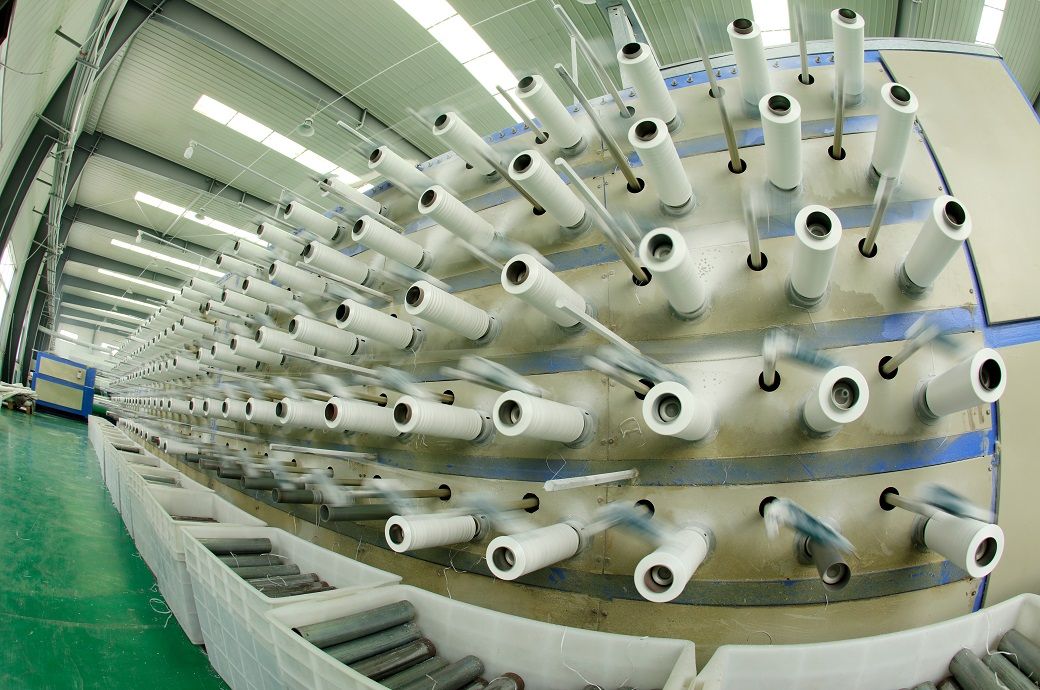
Positive demand dynamics and greater labour costs pushed charge inflation to a 13-month high. Central to the upturn was demand strength, which positively impacted several other measures such as sales, production, stock building and employment, S&P Global said in a press release.
Indian goods producers registered a sharp increase in new work intakes during June, and one that was among the strongest seen since February 2021. In addition to favourable demand conditions, panellists linked the upturn to advertising and new product releases. Concurrently, new export orders rose solidly, though at a slower pace than in May.
Supported by buoyant client appetite, manufacturers lifted their selling prices in June. Although average purchasing prices continued to increase in June, the rate of inflation was mild by historic standards and among the lowest seen over the past three years.
To meet rising sales, companies ramped up production in June. The expansion in output was sharp and among the fastest over the past year-and-a-half. Additional inputs were purchased by Indian manufacturers at the end of the first fiscal quarter. The increase was substantial and the second-strongest in over 12 years.
Positive demand trends and rising output needs were behind the latest expansion, anecdotal evidence showed. Suppliers to the Indian manufacturing sector were comfortably able to meet rising demand for inputs. This was signalled by another improvement in delivery times.
Moreover, vendor performance strengthened to the greatest extent in around eight-and-a-half years. Subsequently, June saw another increase in input inventories. The pace of accumulation remained marked, despite softening from May. In fact, stocks of purchases rose at one of the fastest rates seen since data collection started in March 2005.
Goods producers sought to expand capacities by taking on additional workers in June. Employment rose at a moderate pace that was broadly similar to May. Capacity pressures remained mild in June, with backlogs of work increasing for the eighteenth month in a row but only slightly.
Strong increases in sales again led manufacturers to use their existing inventories of finished goods. Post-production stocks fell at the quickest pace in the year-to-date. Demand strength, new client enquiries, and marketing efforts underpinned optimistic forecasts towards growth prospects. Moreover, the overall level of business confidence rose to a six-month high.
Fibre2Fashion News Desk (NB)